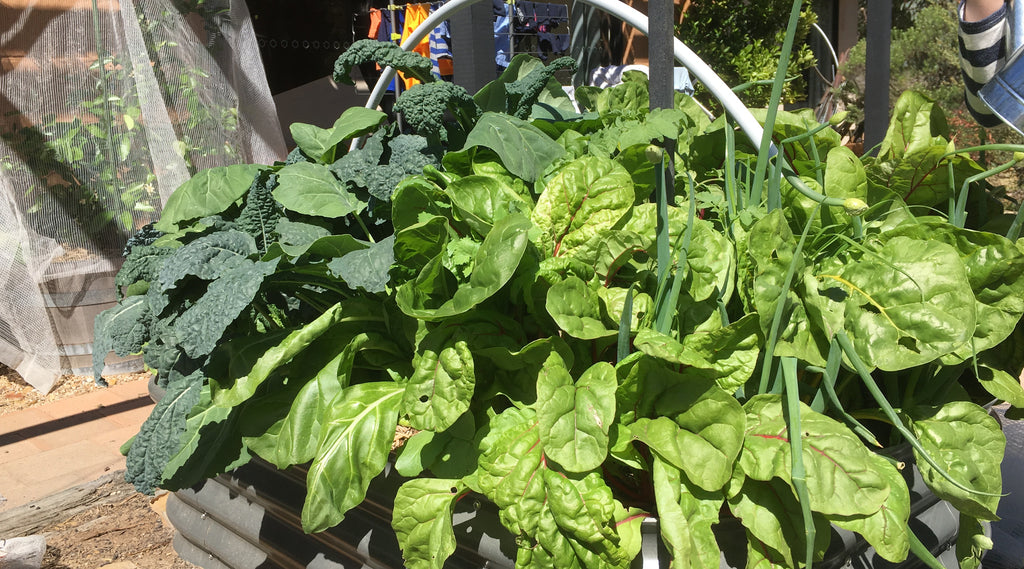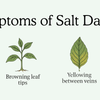5 reasons I LOVE my WaterUps® veggie wicking beds

By Jules Clancy. Posted on 4 February 2019.
5 Reasons I LOVE my WaterUps® veggie wicking beds
1. Use less water
This was my biggest motivation for switching to wicking beds because I only have access to the rain water we collect from our roof for my veggies. I can’t believe how little water I need to add to the beds.
And as an added bonus I love knowing that each bed acts as a mini reservoir, collecting any rain that falls on them.
2. Low maintenance
In the cooler months, I was only filling them up every 2 weeks or so. This Summer it’s been incredibly hot, so I’m finding I need to water every 3–4 days but still much less work than the twice daily watering you would normally need in this heat*.
3. Grow an abundance in small spaces
The nicest surprise about these beds is how abundantly productive they are. It’s amazing how much food you can produce in such a small space.
4. Healthy plants
I’ve struggled with caterpillers in my basil for years. However with the wicking beds my basil is completely bug-free!
I wish I could say the same for my kale, but there has been some cabbage moth carnage. Much less than in years past.
5. Easy to install yourself
When one of my readers told me about the concept of wicking beds I did some research but everything I found seemed way beyond my DIY skills.
But after a friend was telling me about her wicking beds I thought ‘surely someone is making an easy kit for people to build their own?’
And with a more determined internet search I discovered that the guys from WaterUps® had done just that.
I ordered 2 WaterUps® wicking beds immediately, and was so happy with them I ordered another 4 a few weeks later.
Footnote:
* This only related to the period in January when the temperature was consistently over 40°C in the Canberra area and in respect of the bed with the large tomato plants. The decision to water was not prompted by the water reservoir being empty, but because the leaves on the tomato plants were showing signs of heat stress. As noted in previous blog posts tomatoes are one of the thirstiest plants.
A video tour of my garden
This video was filmed as a behind the scenes teaser for my done-for-you Meal Planning Members back in early December.
Have fun in your garden!
With love, Jules
JULES CLANCY is a former food scientist turned cookbook author, meal planning expert and health coach. She loves real food and only writes recipes with 6-ingredients or less.
For a free eCookbook of simple weeknight dinners visit her blog at www.thestonesoup.com








